Home>Garden Essentials>When To Water New Grass Seeds
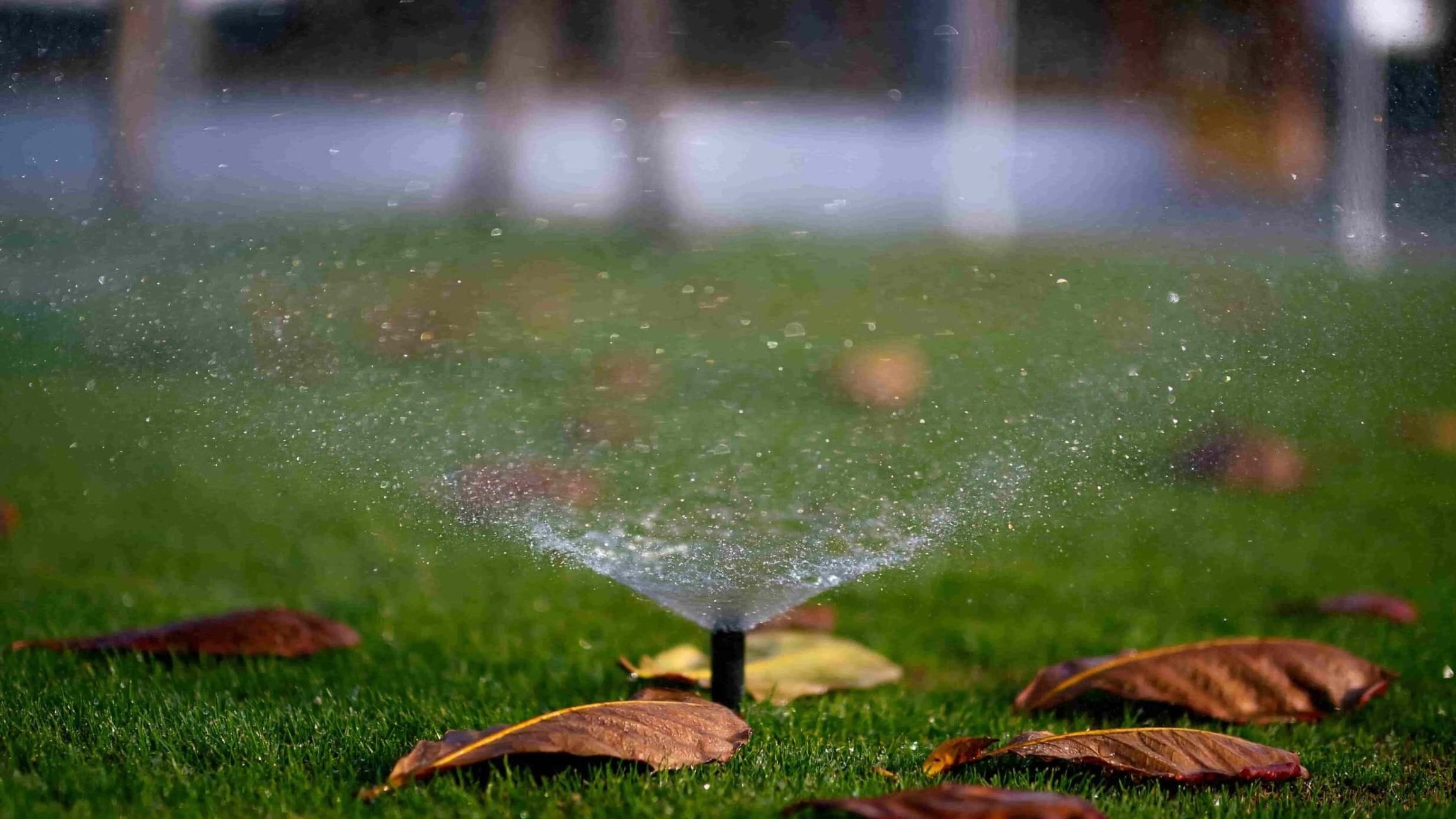

Garden Essentials
When To Water New Grass Seeds
Modified: October 18, 2024
Unsure of when to water your new grass seeds in the garden? This guide provides the essential tips and recommendations to ensure proper hydration for a successful lawn.
(Many of the links in this article redirect to a specific reviewed product. Your purchase of these products through affiliate links helps to generate commission for Storables.com, at no extra cost. Learn more)
Introduction
Welcome to the world of gardening! Whether you’re a novice or a seasoned gardener, one of the key factors for success is knowing when and how to water your new grass seeds. Watering plays a crucial role in helping your seeds germinate, establish strong roots, and grow into lush, healthy grass. In this article, we will explore the factors to consider and provide you with important tips on when to water your new grass seeds.
When it comes to watering new grass seeds, timing is everything. Watering too much or too little can have detrimental effects on the growth and health of your grass. It’s essential to strike a balance and provide your seeds with the right amount of moisture for optimal growth.
Before we dive into the specifics of when to water, let’s briefly discuss the factors you need to consider when determining the watering needs of your new grass seeds.
Factors to Consider
1. Grass type: Different types of grass have varying water requirements. It’s important to research the specific grass variety you have planted to understand its unique needs.
2. Climate: The climate in your region will largely influence the watering needs of your grass seeds. Cooler and more humid climates may require less frequent watering, while hot and arid climates may necessitate more frequent watering.
3. Soil type: The type of soil in your garden also affects water retention. Sandy soils drain quickly and may require more frequent watering, while clay soils tend to retain moisture for longer periods.
4. Sunlight exposure: The amount of sunlight your garden receives will impact the evaporation rate and, consequently, the watering needs of your grass seeds.
Now that we have a basic understanding of the factors to consider let’s delve into the steps for proper watering of new grass seeds.
Key Takeaways:
- Proper watering is crucial for new grass seeds. Consider factors like grass type, climate, and soil to create a customized watering plan. Monitor soil moisture and adjust watering based on weather conditions for optimal growth.
- Avoid overwatering your new grass seeds. Look for signs like mushy soil, persistent puddles, and yellowing grass. Water deeply, in the early morning, and adjust based on weather to promote a healthy and vibrant lawn.
Read more: When To Walk On New Grass
Factors to Consider
When it comes to watering new grass seeds, there are several important factors to consider. Understanding and taking into account these factors will help you determine the best watering practices for your particular situation. Let’s take a closer look at each of these factors:
1. Grass type: Different types of grass have varying water requirements. Some grass varieties, such as Kentucky bluegrass and fescue, require more water to thrive, while others, like Bermuda grass and buffalo grass, are more drought-tolerant. It’s essential to research the specific grass variety you have planted to understand its unique watering needs.
2. Climate: The climate in your region plays a significant role in determining the watering needs of your new grass seeds. Cooler and more humid climates may require less frequent watering, as the natural rainfall can provide sufficient moisture. In contrast, hot and arid climates may necessitate more frequent watering to compensate for the lack of rainfall and higher evaporation rates.
3. Soil type: The type of soil in your garden also affects water retention and drainage. Sandy soils drain quickly, which means they may require more frequent watering to keep the seeds moist. On the other hand, clay soils retain water for longer periods, so you need to be cautious not to overwater and potentially drown the seeds. Understanding your soil type will help you tailor your watering schedule accordingly.
4. Sunlight exposure: The amount of sunlight your garden receives is another crucial factor to consider. Grass seeds require sunlight to germinate and grow, but excessive exposure to intense sunlight can dry out the soil faster, increasing the need for more frequent watering. If your garden has limited sun exposure, you may need to adjust your watering schedule to prevent the soil from becoming waterlogged.
5. Seedbed preparation: Properly preparing the seedbed before sowing the grass seeds can significantly impact watering requirements. A well-prepared seedbed with adequate organic matter and proper leveling can promote water retention and reduce the need for frequent watering.
6. Time of year: The time of year when you plant new grass seeds can also influence the watering needs. Planting during cooler seasons or when the weather is less intense may reduce the frequency of watering compared to planting during the hotter months.
By taking these factors into account, you can develop a customized watering plan that meets the unique needs of your grass seeds. Remember that it’s crucial to strike a balance between providing enough water for healthy growth without overwatering, which can lead to shallow root development and fungal issues.
Soil Preparation
Proper soil preparation is essential for the success of your new grass seeds and can contribute to their water retention capabilities. Take the following steps to prepare your soil before sowing the seeds:
- Clear the area: Begin by clearing the area of any existing vegetation, weeds, rocks, or debris. This will create a clean and optimal surface for your new grass seeds to establish.
- Test the soil: Conduct a soil test to determine its pH level and nutrient content. This will help you identify any necessary amendments, such as lime or fertilizer, to create an ideal environment for grass seed germination and growth.
- Amend the soil: Depending on the results of your soil test, you may need to amend the soil with organic matter, such as compost or peat moss, to improve its moisture retention capacity and nutrient content. Incorporate these amendments into the top few inches of soil using a rake or garden tiller.
- Level the soil: Use a rake to level the soil surface, ensuring it is even and free of any bumps or depressions. This will help prevent water pooling in certain areas and ensure even water distribution across the seeded area.
- Loosen the soil: If the soil is compacted, use a garden fork or aerator to loosen it. This will improve soil drainage and allow the grass roots to penetrate the soil more easily.
By properly preparing your soil, you create an ideal environment for the grass seeds to grow and establish strong roots. Good soil structure and composition facilitate water absorption and retention, reducing the frequency of watering required.
Remember to follow any specific recommendations provided by your grass seed supplier or consult a local gardening expert to ensure you are preparing the soil correctly for your specific grass variety.
Seeding Technique
When it comes to seeding your lawn, using the proper technique can significantly impact the success of your new grass seeds. Follow these steps to ensure a successful seeding process:
- Select the right seed: Choose a grass seed variety that is suitable for your climate, soil conditions, and preferences. Popular options include Kentucky bluegrass, fescue, Bermuda grass, and ryegrass.
- Prepare the soil: As discussed earlier, prepare the soil by removing any existing vegetation, testing and amending the soil as needed, and leveling it to create a smooth surface.
- Distribute the seed: Use a spreader or broadcast seed by hand to evenly distribute the grass seed across the prepared area. Follow the recommended seeding rate for your specific grass variety to ensure proper coverage.
- Overseed bare spots: If you have bare or thin areas in your lawn, overseed those areas by concentrating the seed distribution in those spots. This will help fill in the gaps and promote a more uniform lawn appearance.
- Rake the seed: Use a rake or garden cultivator to lightly rake the surface of the soil, ensuring good seed-to-soil contact. This will help the seeds to make direct contact with the soil, promoting germination.
- Apply a thin layer of mulch: Optionally, you can apply a thin layer of straw or compost over the seeded area to help retain moisture and protect the seeds from birds or wind disturbance.
After seeding, it’s important to follow a proper watering schedule to provide the necessary moisture for germination and establishment. While the specific watering requirements may vary depending on factors like soil type and climate, a general guideline is to keep the top inch of soil consistently moist until the grass seeds germinate.
Remember to read and follow any specific instructions provided by your seed supplier for the best results. Additionally, be patient as grass seed germination can take anywhere from 7 to 21 days, depending on the variety and environmental conditions.
By following these seeding techniques, you can increase the chances of successful germination and the establishment of a healthy, vibrant lawn.
Watering Schedule
Establishing a proper watering schedule is crucial for the successful growth of your new grass seeds. Watering at the right times and in the right amounts will help ensure optimal germination, root development, and overall health of your lawn. Here’s a general watering schedule to follow:
Initial watering: After seeding your lawn, the first watering is crucial for seed germination. Water the seeded area gently but thoroughly, moistening the soil to a depth of about 1 inch. This initial watering helps the seeds make contact with the soil and kickstarts the germination process.
Keep the soil moist: For the first couple of weeks after seeding, it’s important to keep the top inch of soil consistently moist. Depending on factors like climate, soil type, and grass variety, this may require watering once or twice a day. However, be cautious not to overwater, as excessive moisture can lead to disease and shallow root growth.
Reduce frequency: As the grass seeds begin to germinate and establish roots, you can gradually reduce the frequency of watering. Aim to water deeply but less frequently, allowing the top few inches of soil to dry out slightly between watering sessions. This encourages the grass roots to grow deeper in search of moisture and promotes a stronger, more drought-resistant lawn.
Pay attention to weather conditions: Adjust your watering schedule to accommodate weather conditions. If there is rainfall, you may be able to skip watering or reduce the amount accordingly. On the other hand, during hot and dry periods, you may need to increase the frequency and duration of watering to prevent the soil from drying out.
Promote morning watering: Whenever possible, water your lawn in the early morning hours. This allows the grass blades and soil surface to dry before evening, reducing the risk of fungal diseases. Watering in the evening can lead to prolonged periods of moisture on the grass, creating a favorable environment for diseases to thrive.
Monitor soil moisture: Regularly check the soil moisture levels by probing the soil with your finger or using a moisture meter. This will help you determine if watering is needed or if the soil still retains enough moisture. Adjust your watering schedule accordingly to avoid under or overwatering.
Remember that watering requirements may differ depending on factors such as grass type, climate, and soil conditions. It’s important to pay attention to the specific needs of your grass variety and make adjustments to the watering schedule as necessary.
By following a consistent watering schedule and ensuring the right amount of moisture, you will provide the ideal growing conditions for your new grass seeds, leading to a vibrant and healthy lawn.
Water new grass seeds lightly and frequently to keep the soil moist, but not waterlogged. Aim for 2-3 times a day for the first 2 weeks, then gradually reduce to once a day as the grass establishes.
Read more: When To Cut New Bermuda Grass
Determining When to Water
Determining when to water your new grass seeds requires a keen observation of several factors. By keeping a close eye on these indicators, you can ensure that your lawn receives the necessary moisture for healthy growth. Here are some key aspects to consider when determining when to water:
Soil moisture: One of the simplest ways to determine if your lawn needs watering is to assess the soil moisture. Insert a finger into the soil up to the second knuckle. If the soil feels dry at that depth, it’s likely time to water. Properly moisturized soil should still retain some moisture, but not be overly saturated or waterlogged.
Grass color: The color of the grass can provide a visual cue about its hydration status. If the grass blades appear dull, dry, or have a bluish-gray tint, it indicates that the lawn is in need of water. On the other hand, healthy, vibrant green grass suggests that it’s adequately hydrated.
Footprints or footprints do not bounce back: Another method to assess soil moisture is by stepping on the lawn. If you notice footprints or imprints that do not bounce back, it indicates that the soil lacks sufficient moisture and needs watering. This test can help you identify specific spots that may need extra attention, such as areas with poor drainage or compacted soil.
Thirsty grass blades: When grass is thirsty, it may exhibit signs of stress by curling its blades or becoming less turgid. If you observe the grass blades folding or drooping, particularly during the hotter parts of the day, it’s a good indication that watering is needed.
Weather conditions: Keep an eye on the weather forecast as it can influence the watering needs of your lawn. If rainfall is expected, it may be necessary to adjust your watering schedule accordingly. However, avoid relying solely on rainfall and continue to monitor soil moisture levels to ensure adequate hydration.
By closely monitoring these indicators, you can stay proactive and provide your new grass seeds with the appropriate amount of water at the right time. Remember, it’s crucial to strike a balance between providing enough moisture and avoiding overwatering, as excessive water can lead to shallow root growth and other issues.
Now that you know how to determine when to water, you are one step closer to achieving a healthy and vibrant lawn!
Signs of Overwatering
While it’s important to ensure that your new grass seeds receive adequate water, it’s equally crucial to avoid overwatering. Overwatering can have detrimental effects on the health and growth of your lawn. Here are some signs to look out for that indicate your grass may be receiving too much water:
1. Mushy or squishy soil: Overwatering can lead to waterlogged soil, making it feel mushy or squishy to the touch. If you notice these conditions, it’s a sign that your lawn is not draining properly, and excessive water is accumulating.
2. Persistent puddles: Excessive watering can result in the formation of persistent puddles or standing water on your lawn. If you consistently notice areas that retain water long after irrigation or rainfall, it indicates poor drainage and overwatering.
3. Foul odor: Overwatering can cause the growth of anaerobic bacteria in the soil, which produces a foul, rotten smell. If you detect a strong odor emanating from your lawn, it may be a sign of excess moisture and inadequate oxygen levels in the soil.
4. Yellowing or wilting grass: Surprisingly, overwatering can lead to yellowing or wilting grass. The excessive moisture can suffocate the roots, preventing them from accessing oxygen, resulting in a stressed and weakened lawn.
5. Fungal growth: Overwatered grass is susceptible to fungal diseases. If you notice patches of fungal growth, such as mold, mushrooms, or slimy textures, it’s a clear indication of excessive moisture in the soil.
6. Weed proliferation: Overwatering can create favorable conditions for weed growth. Weeds thrive in moist environments, and if your lawn is constantly saturated, it may encourage weed overgrowth and inhibit the healthy growth of your grass seeds.
7. Increased pest activity: Excess moisture can attract pests, including insects and fungi, that can infest your lawn. If you notice an uptick in pest activity, it may be due to overwatering, as insects and fungi thrive in damp environments.
If you observe any of these signs of overwatering, it’s important to adjust your watering practices to avoid further damage to your lawn. Reduce the frequency and duration of watering, allowing the soil to dry out between watering sessions. This will give the roots an opportunity to access oxygen and prevent the onset of various problems associated with excess moisture.
Remember, achieving the right balance of moisture is crucial for the health and longevity of your lawn. By monitoring the signs of overwatering, you can ensure that your new grass seeds receive just the right amount of water for optimal growth.
Tips for Proper Watering
Proper watering is essential for the health and vitality of your new grass seeds. Follow these tips to ensure that you are providing the right amount of water for optimal growth:
1. Water deeply: When you water your lawn, aim to provide deep watering. This encourages the grass roots to grow deeper into the soil, promoting a stronger and more drought-tolerant lawn. Shallow watering leads to shallow root growth and makes the grass more susceptible to heat stress and water shortages.
2. Water in the early morning: Watering your lawn in the early morning is generally the best time. This allows the grass blades to dry out during the day, reducing the risk of disease development. Watering in the evening may lead to prolonged moisture sitting on the grass, creating a favorable environment for fungal growth.
3. Use the right watering technique: When watering, use a gentle and even watering technique to avoid creating runoff. This allows the water to penetrate the soil effectively and reach the grass roots. Avoid overhead watering methods that result in excessive water loss due to evaporation or wind drift.
4. Water infrequently but deeply: Instead of frequent light waterings, it’s better to water less often but deeply. This encourages the grass roots to penetrate deeper into the soil in search of moisture, creating a more resilient and healthier lawn. Watering deeply also helps conserve water by reducing overall water usage.
5. Adjust watering based on weather: Take into account the weather conditions when determining your watering schedule. If there has been recent rainfall or the weather is cool and humid, you may need to adjust the frequency of watering. Conversely, during hot and dry periods, you may need to increase the watering frequency to prevent the soil from drying out.
6. Monitor soil moisture: Regularly monitor the moisture levels in your lawn. Use a soil moisture meter or simply probe the soil with your finger to determine if watering is necessary. A general rule of thumb is to keep the top inch of soil consistently moist during the germination phase and allow the top few inches of soil to dry out slightly between waterings once the grass is established.
7. Consider watering aids: If you’re finding it challenging to maintain consistent soil moisture, consider using watering aids such as soaker hoses or drip irrigation systems. These can provide slow and targeted watering, ensuring that the water goes directly to the roots and minimizing water loss due to evaporation.
8. Watch for signs of thirsty grass: Pay attention to the signs of thirsty grass, such as blade wilting or a bluish-gray hue. These indications mean that your lawn requires watering. By responding to these cues promptly, you can prevent the grass from becoming stressed and achieve better overall lawn health.
Remember, the goal is to provide your new grass seeds with the right amount of water for healthy growth, while avoiding overwatering. Following these tips will help you achieve a vibrant and resilient lawn that you can enjoy for years to come.
Conclusion
Watering your new grass seeds properly is a vital aspect of ensuring their successful germination and establishment. By considering factors such as grass type, climate, soil conditions, and sunlight exposure, you can create a customized watering plan that meets the unique needs of your lawn.
Start by preparing the soil adequately, ensuring it has good drainage and water retention capabilities. Implement the right seeding technique, distributing the seeds evenly and providing them with proper seed-to-soil contact. Follow a consistent watering schedule, keeping the top inch of soil moist during the germination phase and gradually transitioning to deeper, less frequent watering as the grass establishes.
Observe signs of overwatering, such as mushy soil, persistent puddles, or yellowing grass, to avoid excessive moisture and its associated problems. Adjust your watering schedule based on weather conditions, ensuring that your lawn receives adequate water while avoiding wasteful practices.
Remember to water in the early morning, use a gentle watering technique, and monitor soil moisture regularly to provide just the right amount of water for optimal growth. By following these tips, you can create a healthy and vibrant lawn that will be the envy of the neighborhood.
So, go ahead and apply these watering practices to your new grass seeds, and watch as your lawn transforms into a lush and beautiful oasis. Happy gardening!
Frequently Asked Questions about When To Water New Grass Seeds
Was this page helpful?
At Storables.com, we guarantee accurate and reliable information. Our content, validated by Expert Board Contributors, is crafted following stringent Editorial Policies. We're committed to providing you with well-researched, expert-backed insights for all your informational needs.
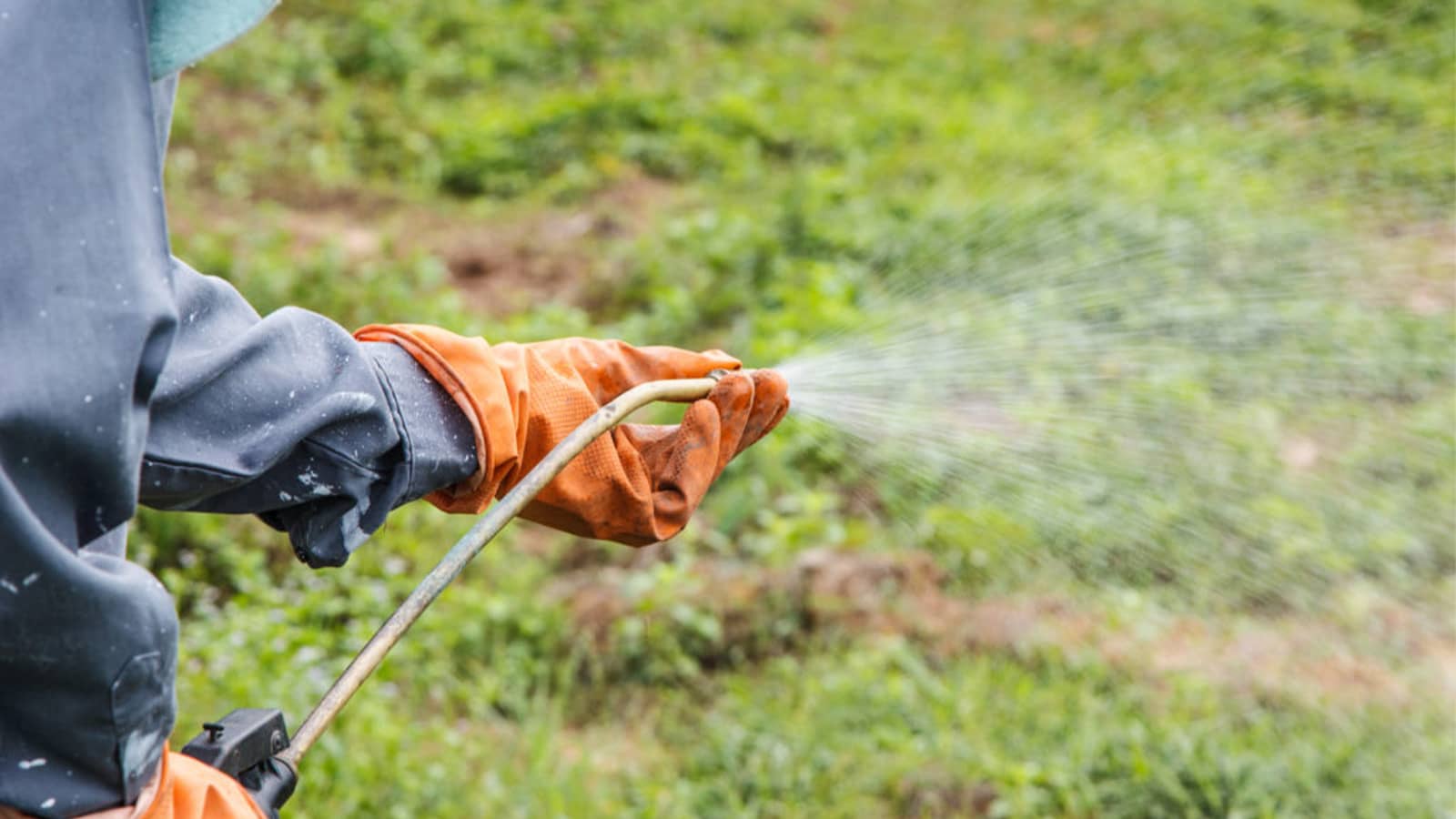
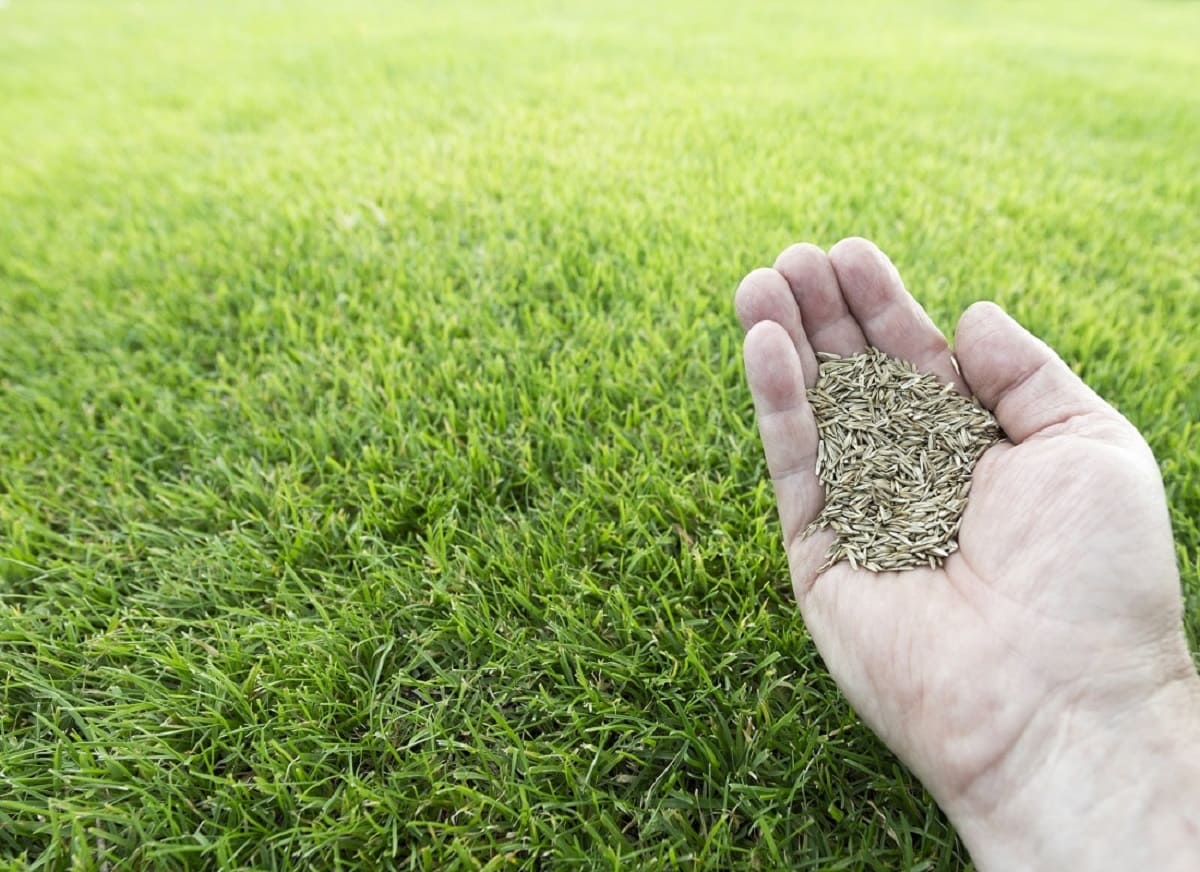
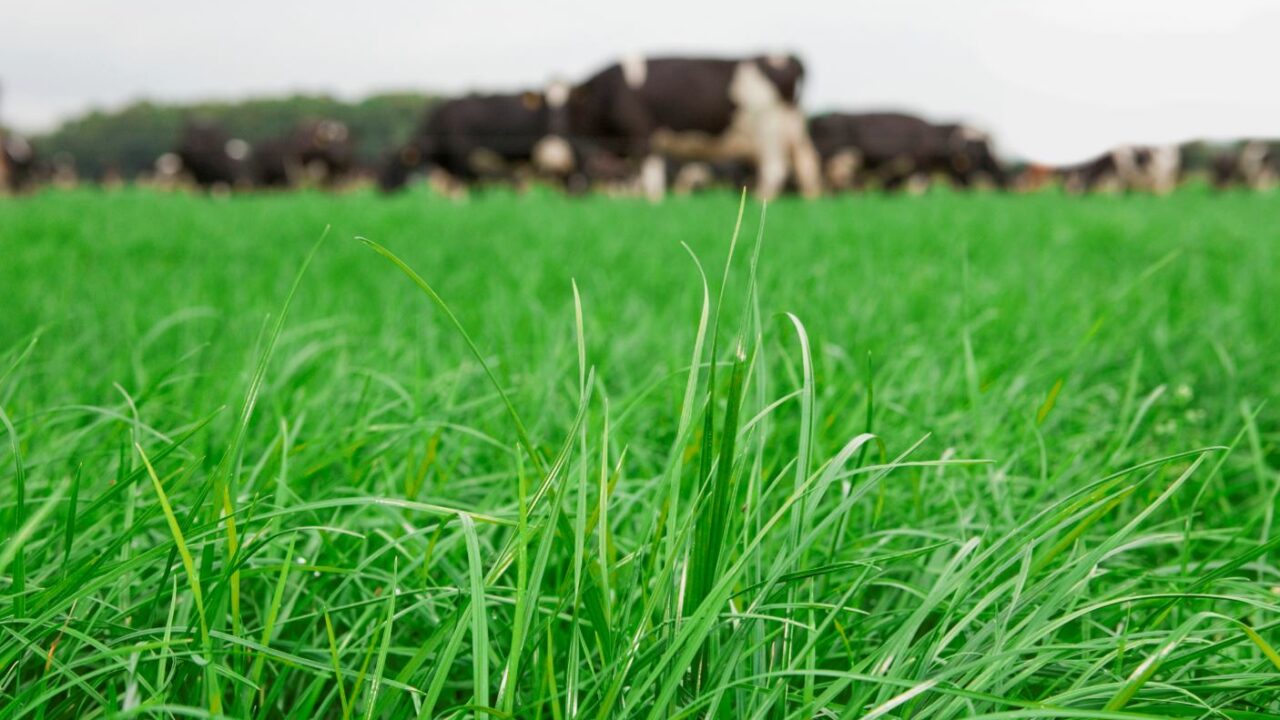
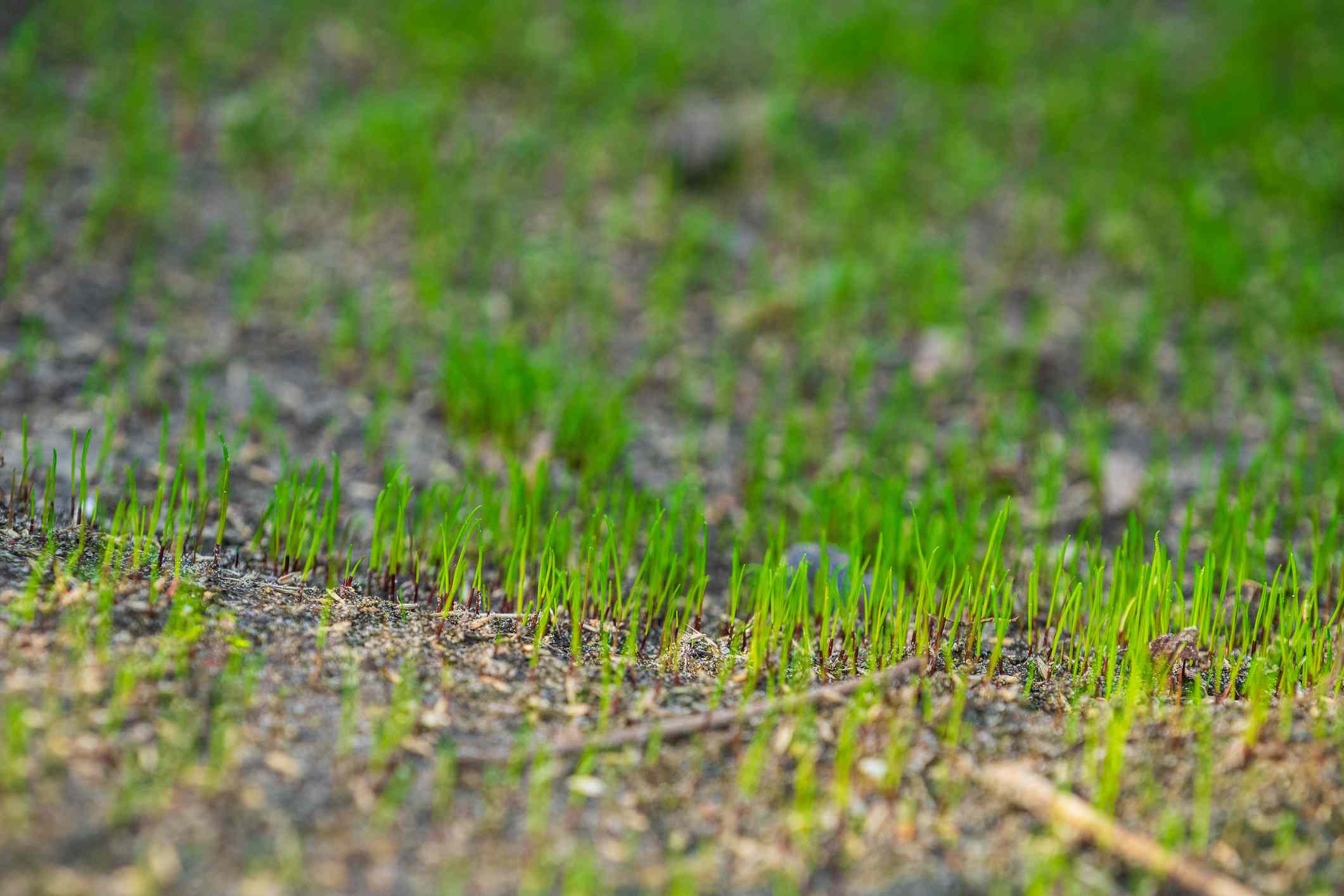
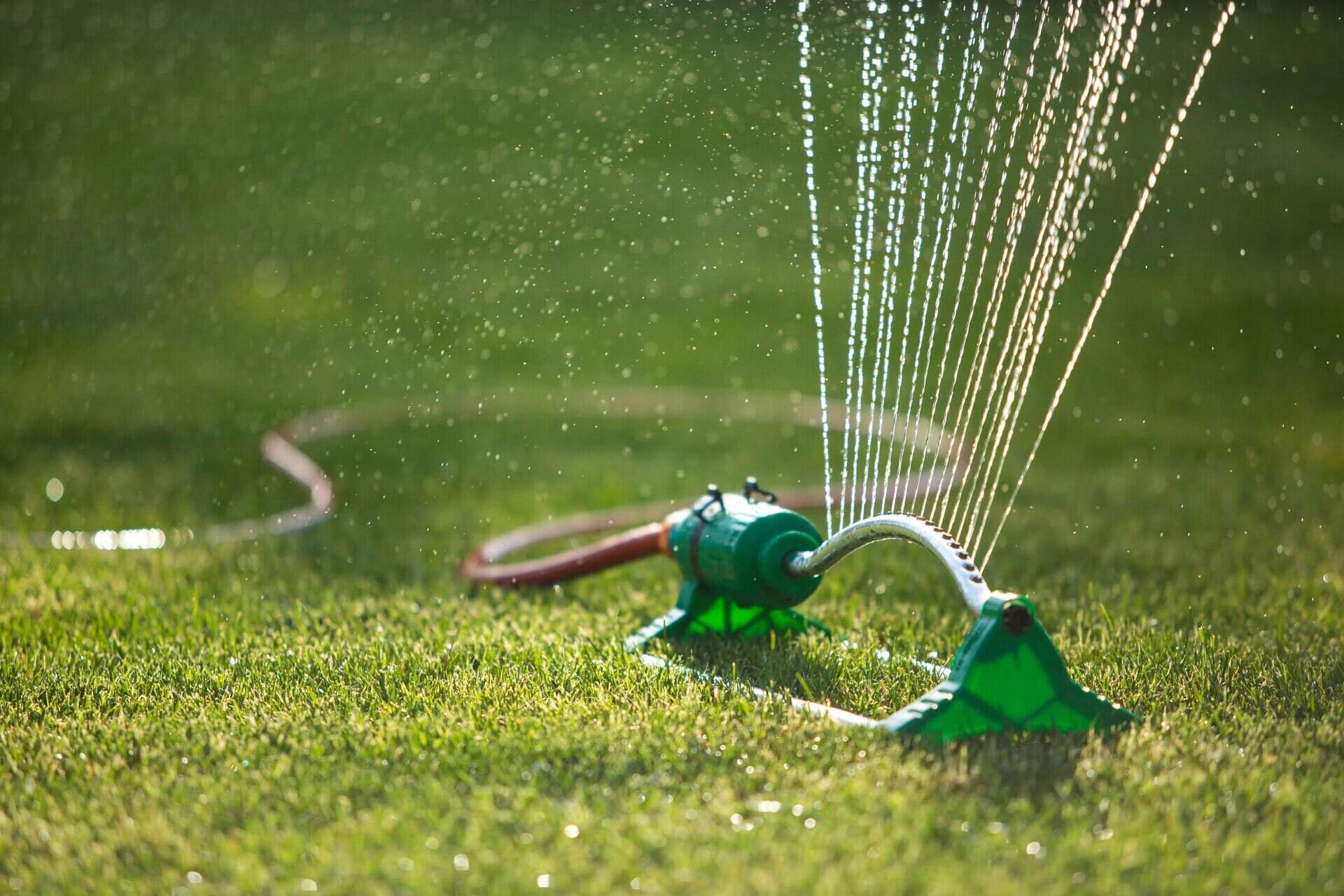
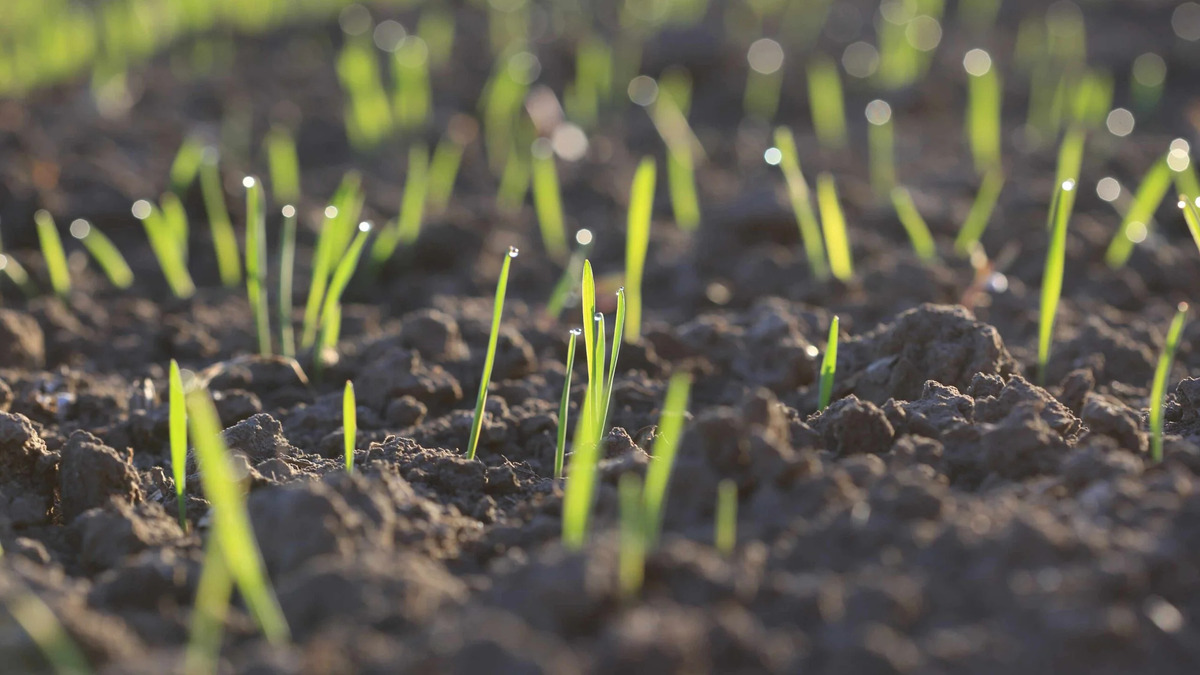
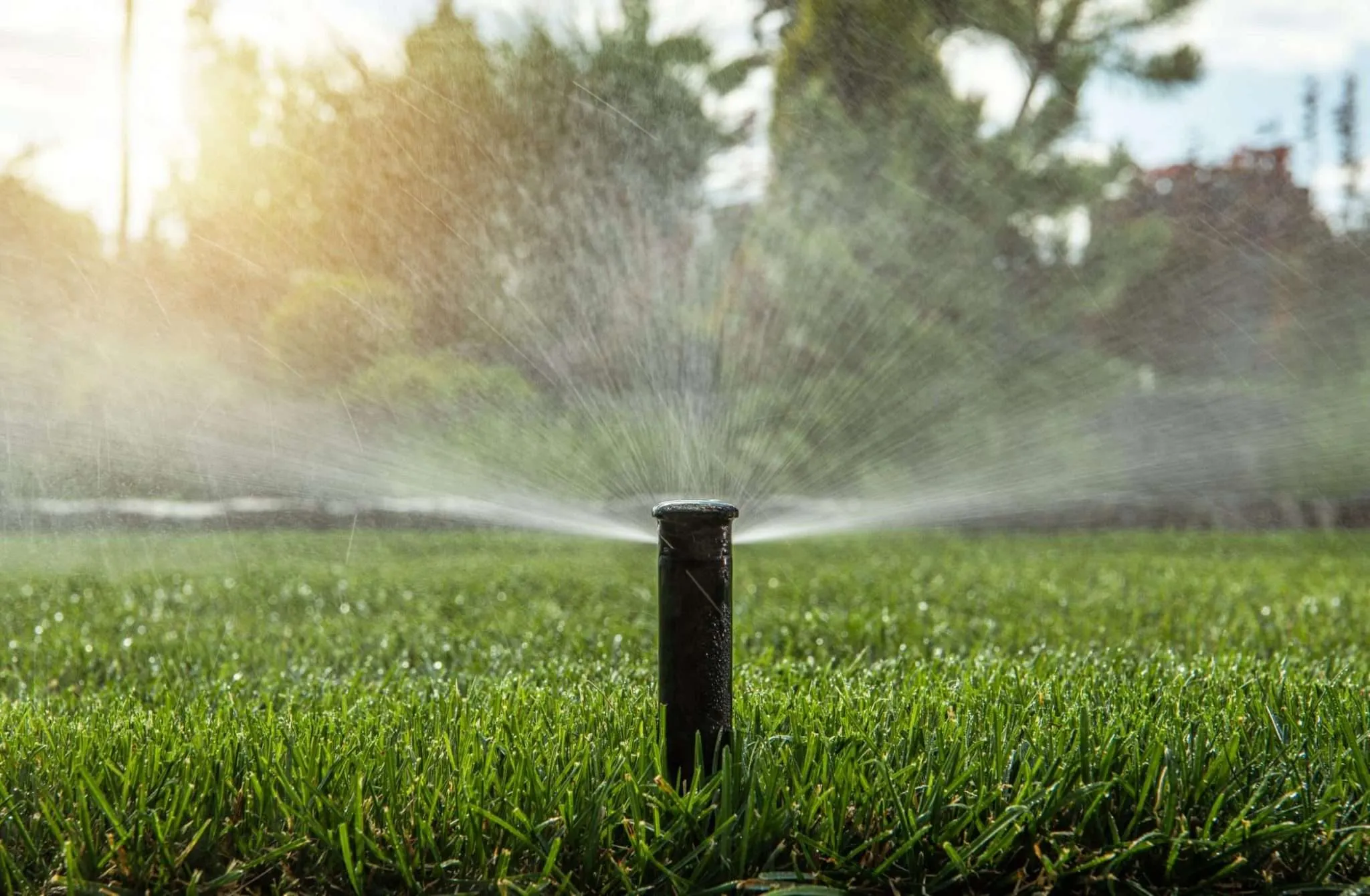
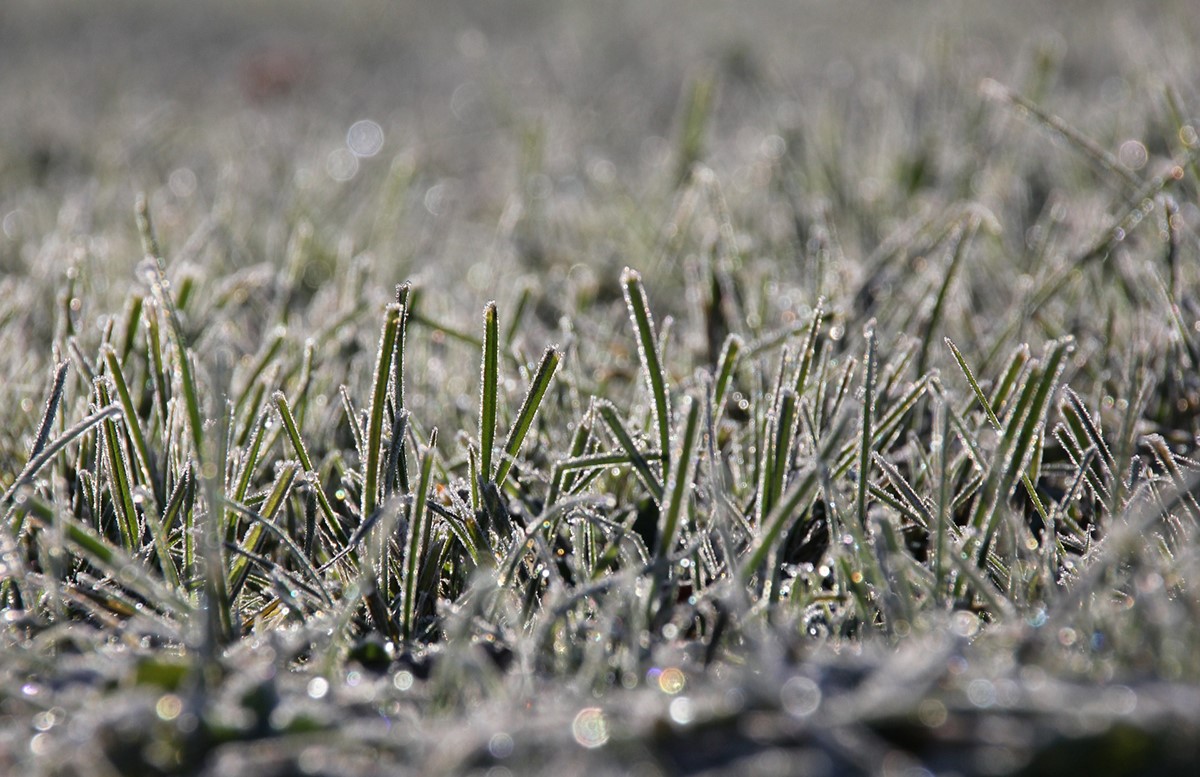
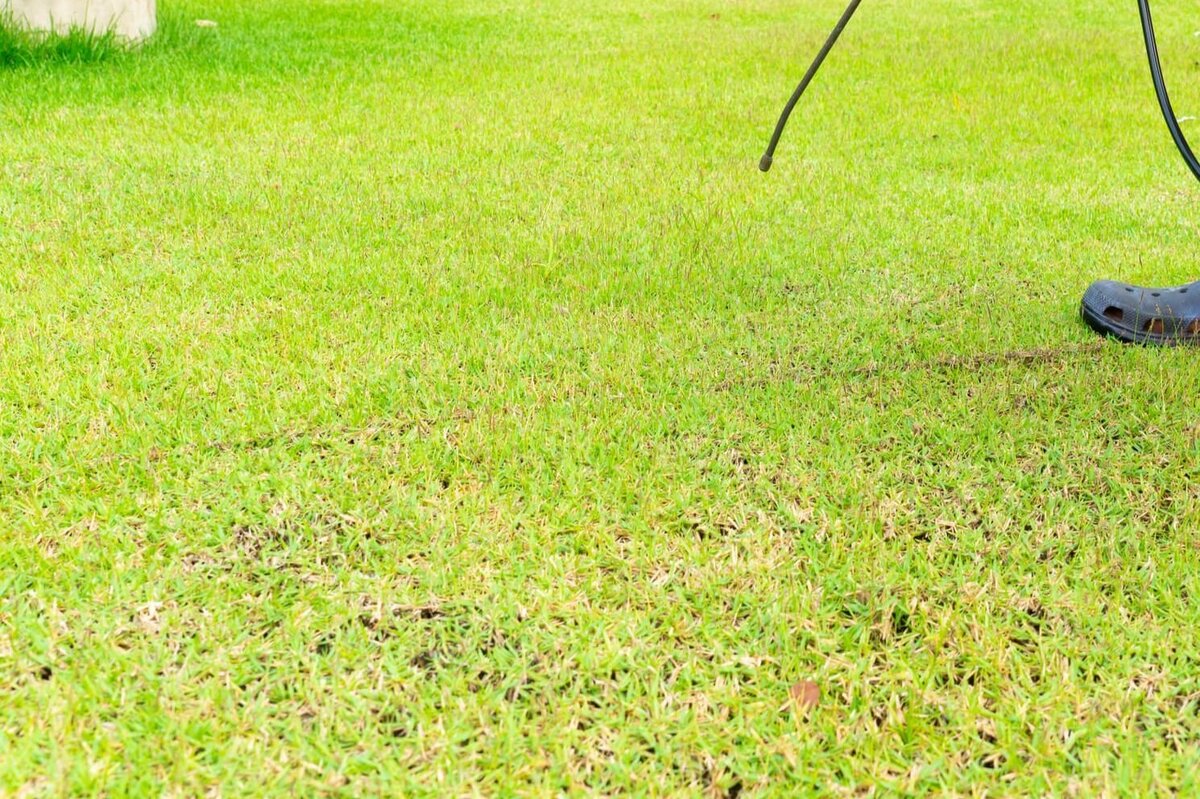

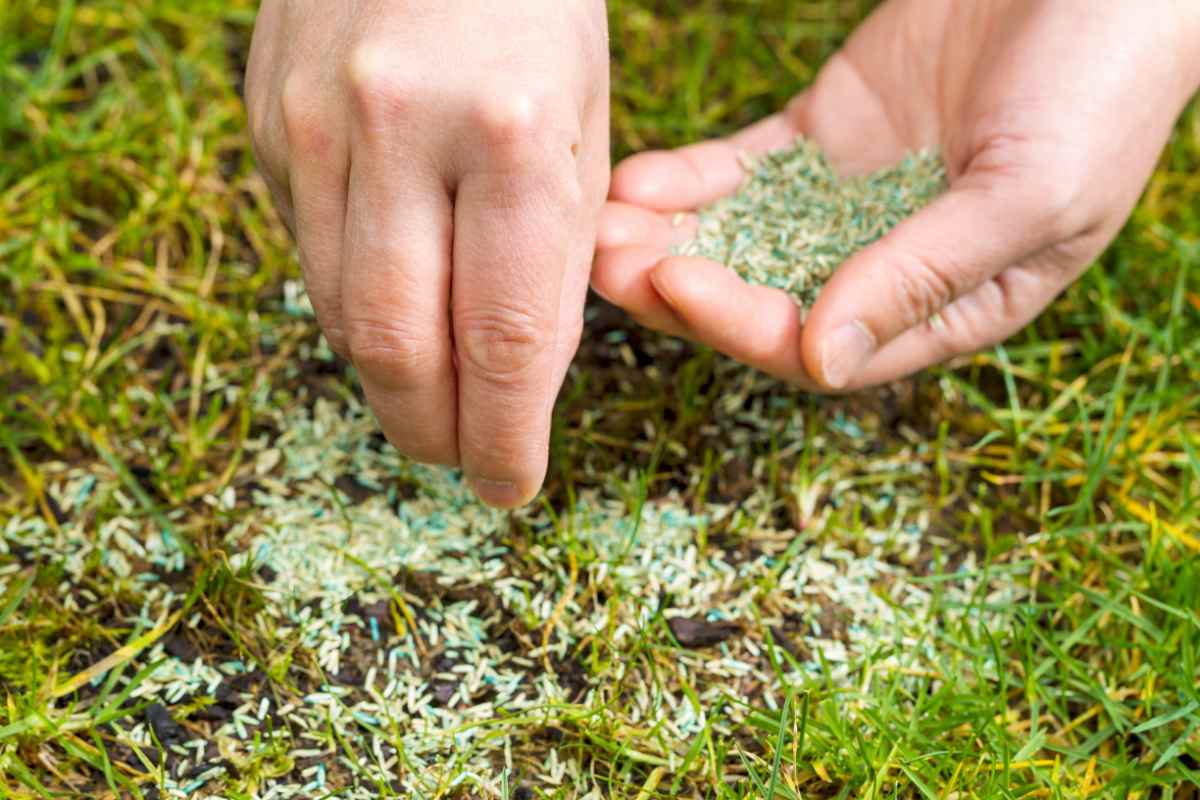
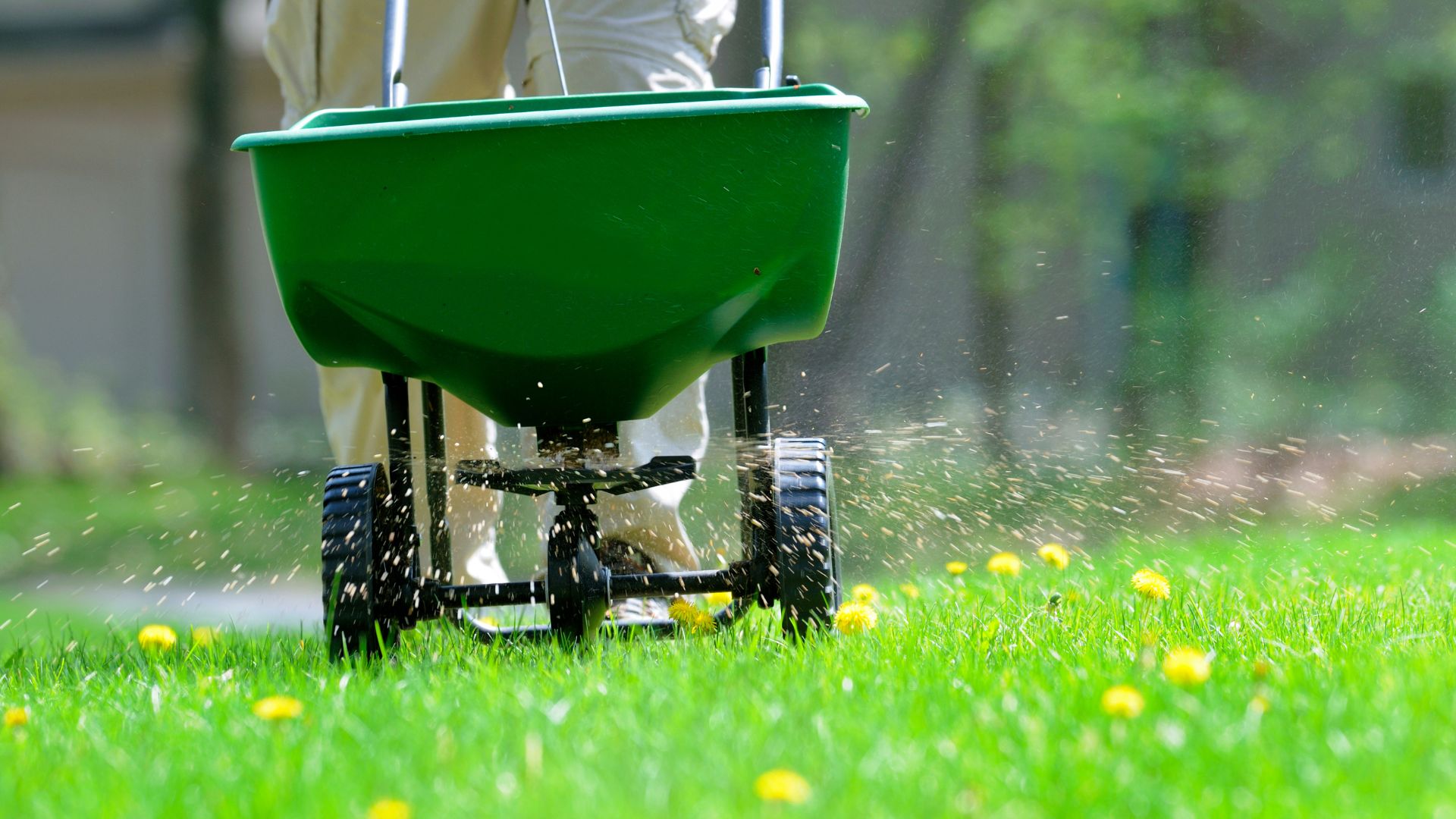
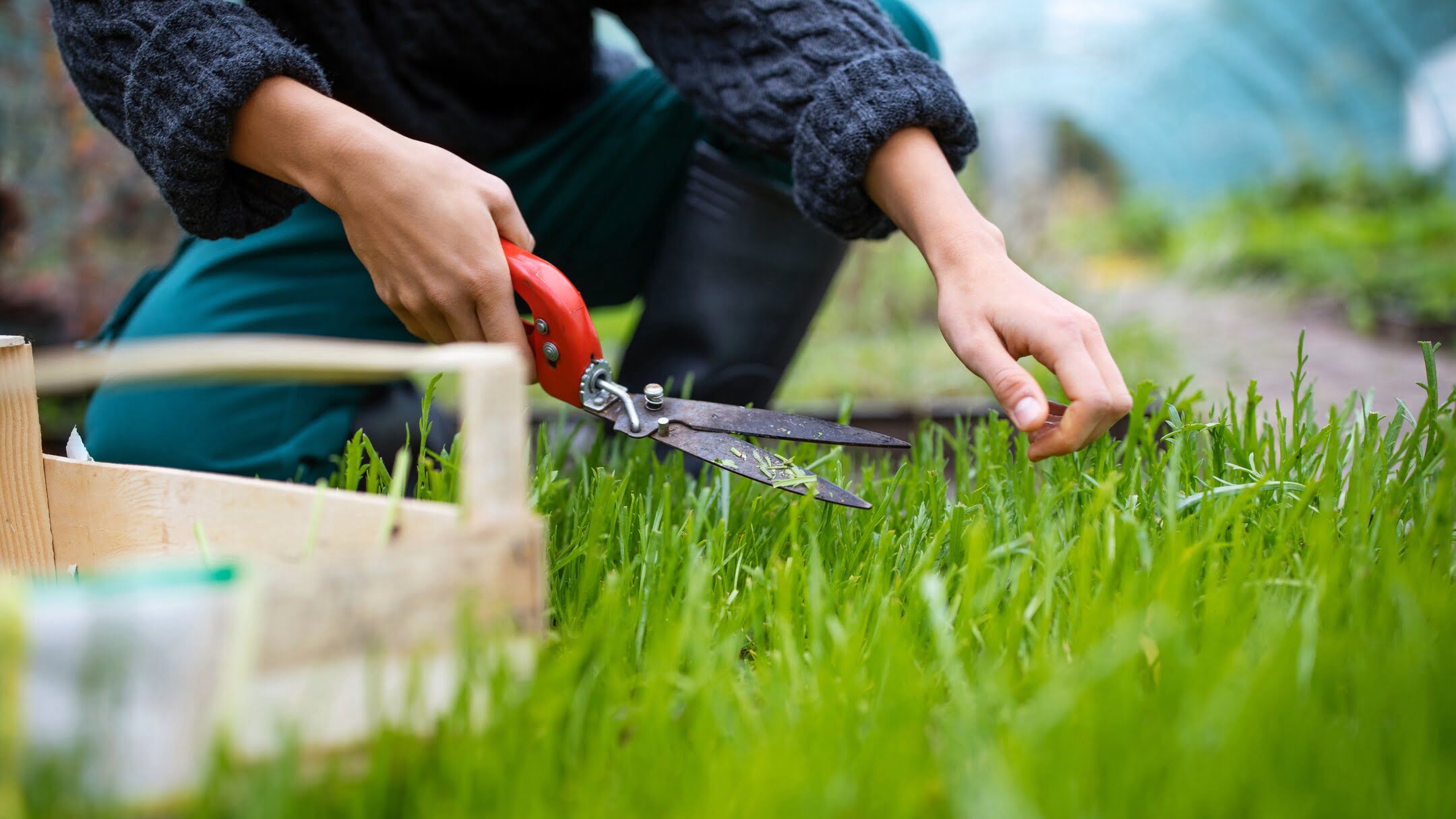
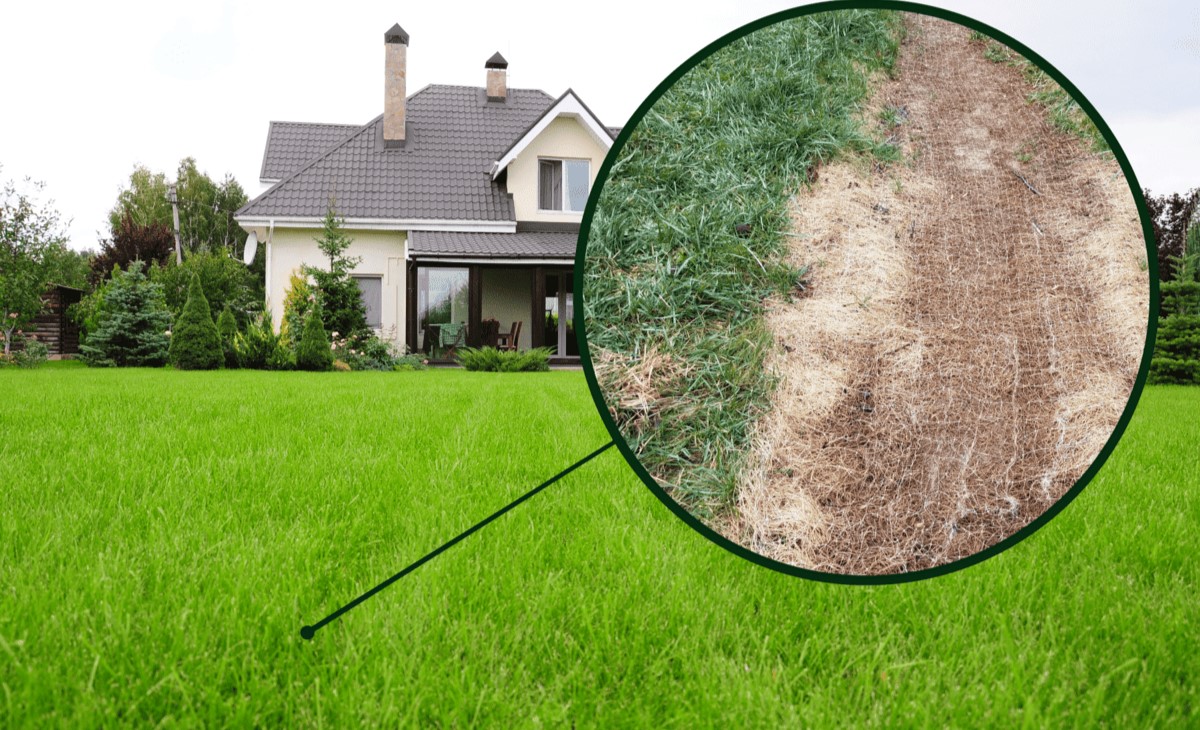

0 thoughts on “When To Water New Grass Seeds”